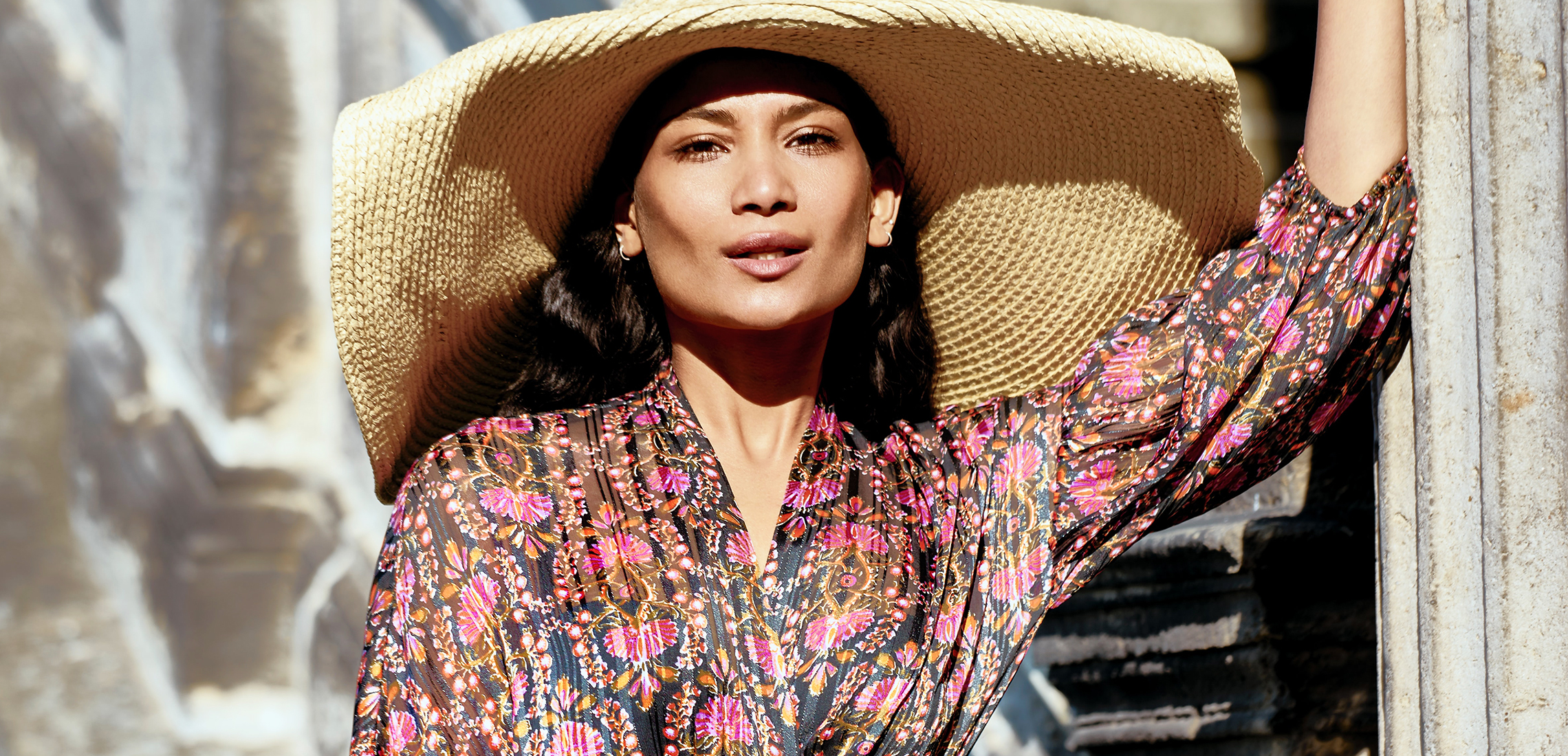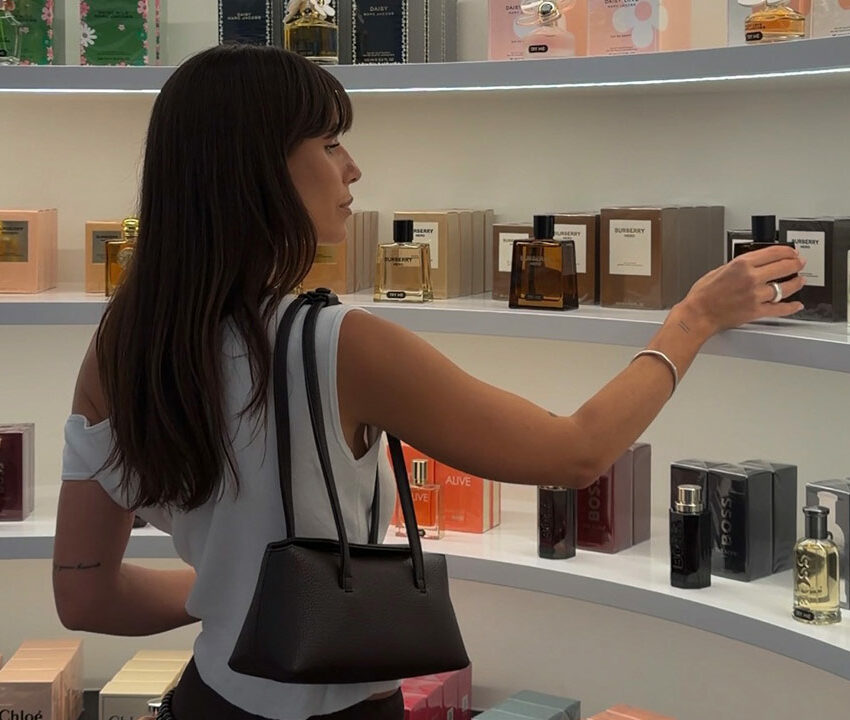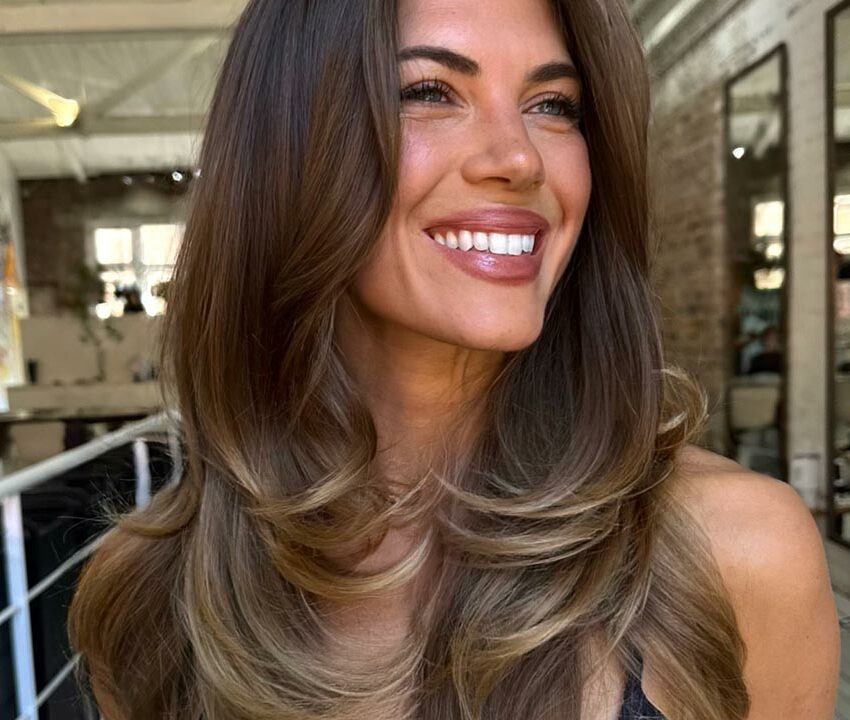
Style’s Go-To Beauty Bible
Turn and learn!
Stop, turn and learn! If you’re reading the befuddling ingredient list of your favourite moisturiser, and find yourself a lil dazed and confused, you’re not alone – we’re here to help!
First of all, props for trying to educate yourself about what you’re putting on your face! Second of all, we’re here to pass on some real skincare wisdom from the Stylers here in the office. After long drives listening to beauty podcasts and late nights reading beauty blogs, we’ve picked up a thing or two about the ingredients that make up our products.
From the youngin’s with fresh-to-death faces to the stunning mature skinned women, our office is a collection of skin diversity. So, we’ve collaborated on this article and shared our definitions of the skincare ingredients we love (and those we’d prefer to leave on tha shelf!).

AHA
We swear some of these ingredients sound terrifying, but all they really want to do is help prevent the ageing process, even out our complexions, and smooth out the texture. So, when you see the name Alpha Hydroxy Acids (AHA) don’t shy away. Remember, it’s our friend! Mostly derived from fruit and milk sugars, AHAs are fantastic at exfoliating the outer layer of your skin, essentially nibbling away at the dead skin cells (mmm, delish), and leaving you with glowing skin. This hardworking product is especially great for those with dry, dull, and ageing skin.
BHA
Beta Hydroxy Acids (BHA), otherwise known as salicylic acid, is one bad b#tch in the skincare department. Close in name to AHAs, but let it be known, they’re cousins – not sisters – and function in pretty different ways. Where AHAs are water soluble acids, great for exfoliating dry and dehydrated skin, BHAs are oil soluble and are the arch nemesis of clogged pores. If your skin errs on the oily or acne-prone side, a BHA will work its magic to help liquefy and remove oil, as well as dirt and pollution from your pores.
PHA
Alrighty, we’ve got one more acronym for ya. Poly Hydroxy Acids are also exfoliants, however their molecular size is somewhat bigger than AHA and BHA, meaning it will penetrate at a much slower rate. Peeps with sensitive skin who tend to get eczema or rosacea flare-ups, lean in, because this bad boy will help to give you the softest, plumpest skin of your life, without the usual irritation. Just keep an eye out for ingredients such as gluconolactone or lactobionic acid (otherwise known as PHAs). And coz we love a bit of bang for our buck here are Style, PHAs are not only gentle exfoliators, but also have antioxidant properties – winning!
Niacinamide
Ah, Niacinamide. The skincare hero that will leave your skin hella balanced. Also, if you consider yourself CEO of the oil company by 3pm, you’ll wanna take notes. This is a form of vitamin B3 that can be used as a serum or digested in tablet form (we do both!). Our go-to has to be the $10 option from The Ordinary, which is 10% Niacinamide and 1% Zinc. It’s oil-free, alcohol-free and silicone-free which gets the big tick from us! It’s known to reduce the appearance of blemishes and congestion and balance your sebum (oil) levels. It also prevents skin from losing water, and protects from pollutants and irritants. Is there anything it can’t do?!
https://www.instagram.com/p/CFyHG_QBekU/
Retinol
Retinol, retinoids, retin-A, retinyl palmitate… all of these fancy-schmancy terms = vitamin A (in varying strengths). Clinically proven to kick-ass in the anti-ageing department, this hardworking ingredient is one of our firm favourites. Firm being the key word here, because one of its tasks is to improve skin texture, reduce the appearance of fine lines. In short, flawless skin. Though, it can be a little scary because of how highly active it is, always (ALWAYS) start with a low-strength retinol, and apply it only a few times each week in the evenings if you’re just starting out. Once you’ve used that tube, then you can move to a higher strength. But if you notice any adverse effects, like severe breakouts, inflammation, smoking skin (kidding), remove and seek advice from your derm.
Hyaluronic Acid (HA)
Acid. Sounds a little burny right? Well in Hyaluronic Acid’s case that couldn’t be further from the truth. In fact, quite the opposite. HA has been clinically proven time-and-time-again to be one of the most soothing, moisturising serums to keep in your bathroom vanity. We personally like to use it when our skin feels a little parched and needs a good drink – and for the dry Stylers – their skin basically slurps it up. And you can basically use it anytime, multiple times a day.
Physical Sunscreen
We’ll happily admit we’re physically attracted to physical sunscreen. It does things to us… aka help prevent skin cancer and fine lines – sexy! And as Australians – it’s absolutely necessary to slap it on every. Single. Day. The meaning behind the name is pretty self-explanatory, too. It creates a physical barrier on top of the skin to reflect the UV rays, thus, physical sunscreen. Oh, and fear not, the zincy kind that your mum used to slap on is a thing of the past. Nowadays, physical sunscreen formulas are super sheer, have little to no fragrance and are well-suited to sensitive skin types. No excuses!
Chemical Sunscreen
What the hell’s the diff between physical and chemical sunscreen? It all comes down to the way they deal with UV. Where physical reflects the rays, chemical will penetrate into the skin and absorb UV stopping it in its tracks before it can wreak any havoc. They’re also a bit easier to formulate resulting in plenty of lightweight, non-sticky products on the shelves these days. It’s basically a sun serum – and it layers with makeup sooo well!
Essential Oils
There’s a time and a place for everything – and for essential oils – these are in the bath, an oil burner, a car smelly thing, or to make a clothes drawer smell nice. They do NOT belong in your skincare products and certainly not on your face. While some people have super strong skin barriers and could tolerate EO in their serums, many will react to it. So, for this reason, we’re going to put a big caution sign on it as an ingredient in your skincare, and reserve it for making a room smell heavenly.
*Disclaimer: These are subjective definitions from personal experiences. Please seek medical advice before use.





